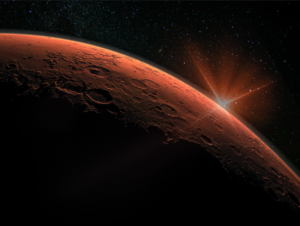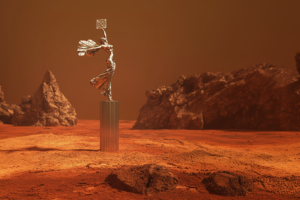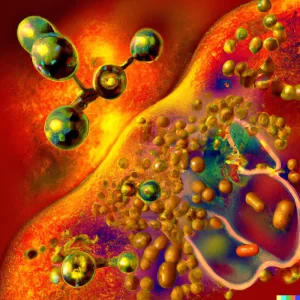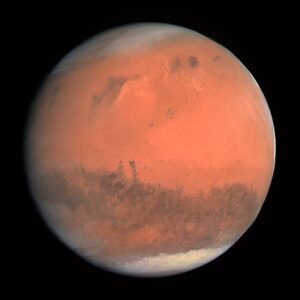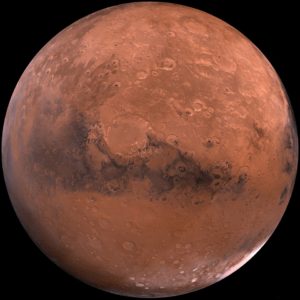Posted inAstrobiology Life on Mars Mars NASA Single Scoops
Prioritize the Search for Extant Life on Mars with NASA-DARES 2025
NASA’s Science Mission Directorate (SMD) and Mars Exploration Program (MEP) are hereby recommended by Christopher Temby and Agnostic Life Finding Association to ensure that the highest priority science objective in the coming decade for the 2025 Decadal Astrobiology Research and Exploration Strategy (NASA-DARES 2025) is a search for an extant Martian biosphere before human arrival.

